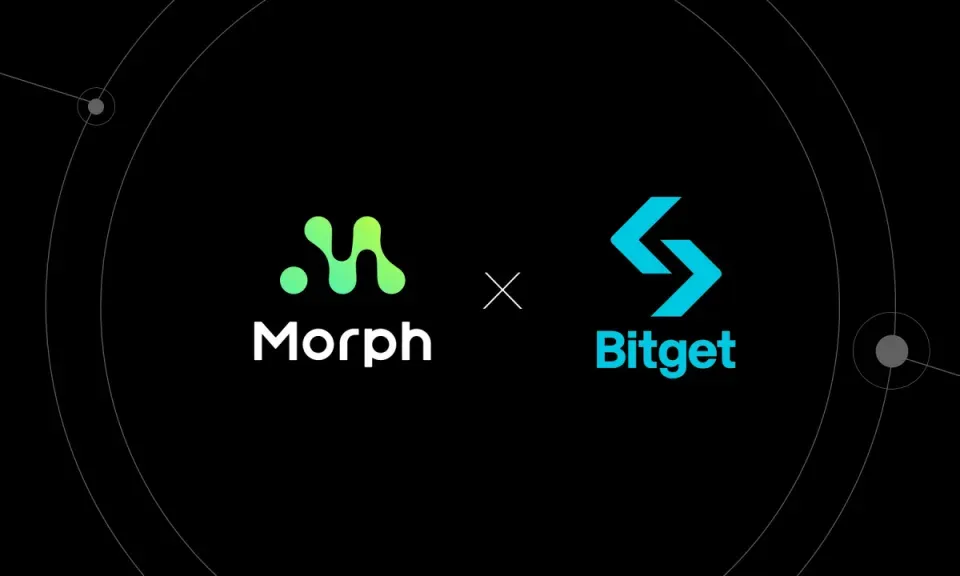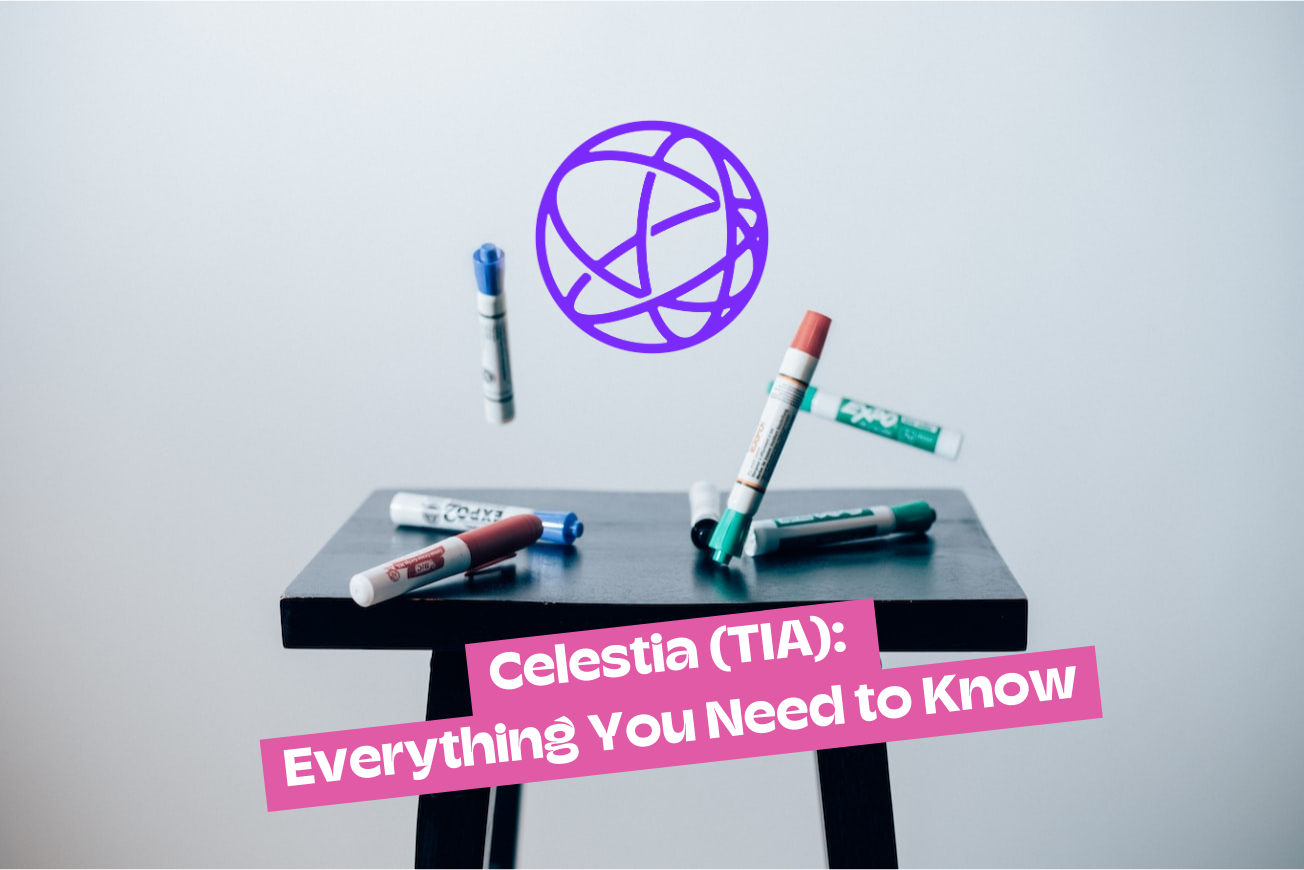Table of Contents
2023 is ending on a high for crypto. Bitcoin has cleared the $40K mark, SBF is facing 110 years in jail, and the SEC is warming to the industry, albeit reluctantly. Developer mode is in full swing, inspiring the re-emergence of NFTs - this time being built on Solana and even Bitcoin blockchains. But as projects struggle to contain their excitement about building in a bull market, what should be made of the Layer-1 networks that provide the infrastructure for them?
A new report from Messari shines a light on these blockchain technologies and their ever-evolving landscapes.
Measuring Valuations
Despite what degens might tell you, investing in Web3 and blockchain is far from a no-brainer process. Sure, memecoins might 10x your portfolio but value investing is another ball game.
The most obvious Layer-1 metric is network fees, which ramp up as smart contracts apps and rollups are deployed on the network. Native tokens are another metric. Over 33% of the entire supply of ETH is locked in smart contracts. Measuring ETH's performance is obviously a good way of valuing the blockchain.
However, Messari calls for clearer ratios in measuring value. The report suggests a ratio that holds the native token's market cap against the largest on-chain app protocol's market cap. Chains with lower valuations compared to their major applications are expected to appreciate by meeting security demands.
Arbitrum - Ethereum's largest application - could see its demand be impacted by ETH fees. Akin to the stock market's earning multiples, market leaders trade at lower P/E’s than growth-heavy startups.
Decentralization is Overrated
Decentralization is cool, 'cos screw the man, right? Not quite. If 2022 taught us anything, it was that a Lord of the Flies situation isn't the best model for crypto; where's the crypto conch? For Messari, an overreliance on cloud services in a crypto community is more acceptable than overreliance on a particular blockchain.
Of course, overreaching centralization such as Hetzner's ban on crypto in August 2022 is dangerous, but the industry needs to compromise. "In the future, we’ll have fully permissioned bankchains, and broadly decentralized public chains…and everything in between," Messari argues, declaring "For most networks, centralization concerns are overblown."
Recently, Cardano founder Charles Hoskinson raised questions about the true nature of decentralization in the crypto space.
On an AMA, Hoskinson, in his characteristic fervor, questioned the regulatory differentiation between Bitcoin, Ethereum, and Cardano, demanding a clear explanation from the Securities and Exchange Commission (SEC), resonating with a broader industry confusion about the inconsistent application of regulatory frameworks.
“It's a security. Okay, well what the hell does that mean if it's decentralized, how does Bitcoin register? Oh, it's not? Then explain to me the f*****g difference between Bitcoin and Ethereum and Cardano and the rest of the gang,” he asserted.

“Tell me. Is there an expectation of return with the goddamn orange pill, moon boys? It's there. There's so many different planks and angles that you can take a look at this thing from. And by the way, if you subpoenaed an attack on about three different entities, you could perform a 51 percent attack on Bitcoin, because that's the way the hash power works,” he explained, in contrast to Cardano's proof-of-stake approach.
"But it's decentralized apparently and 'team Orange' [the bitcoin faithful] gets a complete pass. It's a pathetic f***ing joke," he added.
Clearly, decentralization means a lot of different things to a lot of different people.
Cheap Rollups
You've probably been shouting this since you saw the title but yes, Rollups are Layer-2 solutions, not Layer-1. However, the cost of transactions on rollups is expected to drop up by up to 99% as a result of Layer-1 developments.
Ethereum's next upgrade, Cancun-Deneb is expected in Q1 and could result in rollup transactions becoming even cheaper than alt-L1s. The upgrade will also impact various rollup systems that have ties with Ethereum, such as the Optimism Superchain, Arbitrum Orbit, zkSync, Starknet, and Polygon.
Arbitrum and Optimism communities have invested in short-term incentive programs to attract teams to their rollups too.
These ecosystems may involve developer lock-in to generate revenue from the use of their rollup frameworks. While 129 airdrops for rollup users have attracted attention away from Ethereum Layer-1, there is still work to be done, and user retention depends on the availability of token incentives.

Modular vs Integrated
Building decentralized networks stems from two main approaches: "modular" and "integrated." The latter combines all operational functions into a single pool. This results in innovation slowdowns, scalability challenges, and limited flexibility for developers. Bitcoin and early versions of Ethereum went down this route.
On the other hand, modular involves interchangeable modules, allowing for a more flexible and customizable architecture, which the current Ethereum model is based on. Modules operate independently and can be modified without affecting the entire system. This allows for greater flexibility, scalability, and ease of maintenance.
Celestia, launched in October, has a purpose-built network for rollup data availability and demonstrates the modular approach too. Some 60 million TIA tokens, representing 6% of its 1 billion total supply, were airdropped to early adopters. Its price has since skyrocketed over 400%.

However, building rollups on modular systems could lead to liquidity fragmentation. Modular systems lack the composability advantages of a shared state machine.
Messari thus highlights the importance of interoperability solutions to achieve seamless inter-rollup transactions. It's an ongoing challenge facing both L2's and L1's.













